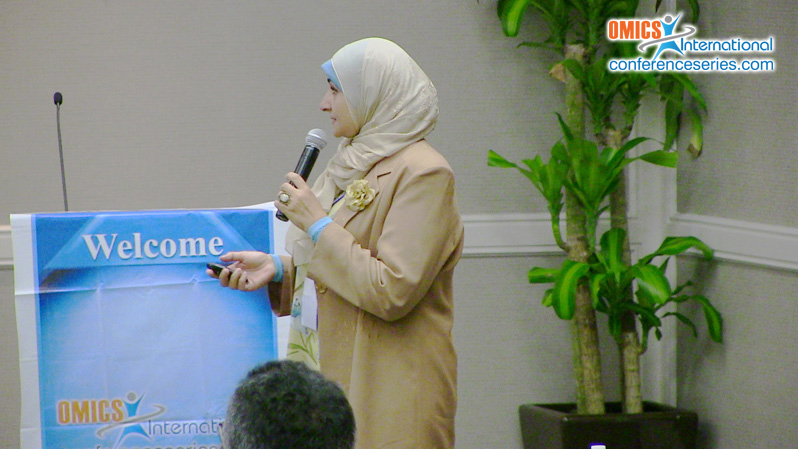
Hanem F. Khater
Benha University, Egypt
Title: Vector resistance to pesticides: We should be ahead of it
Biography
Biography: Hanem F. Khater
Abstract
Arthropods can transmit diseases to humans and animals or damage agricultural crops, consume and/or damage harvested food. Using botanical insecticides dates back at least two millennia in ancient Egypt, China, Greece, and India, but discoveries of the major classes of synthetic chemical insecticides (e.g., organochlorines, organophosphates, carbamates, and pyrethroids) in the mid-1930s to 1950s was the major weapon against insect control. Even though the World Health Organization (WHO) assembly proposed the global eradication of the most prevalent vector-borne human disease, malaria, by the use of residual house- spraying of DDT in 1955, such insecticide exhilaration quickly halted as mosquitoes have all the characteristics suited to rapid resistance development, including short life cycles with abundant progeny. Consequently, WHO authoritatively reverted from malaria eradication to malaria control in 1976. The foremost reason of such change in policy was the appearance of DDT resistance in mosquito vectors. The umbrella of insect resistance, later on, has covered newer insecticides such as the organophosphates, carbamates, and pyrethroids. Moreover, synthetic insecticides induce environmental contamination, toxicity to non-target organisms, and negative effects on animal and human health. A dramatic re-emergence of epidemic vector-borne diseases has been reported in the past 30 years throughout much of the world. Consequently, there is an urgent necessitate for natural and safe alternative strategies for vector control. Biorational pesticide have long been touted as attractive alternatives to synthetic chemical insecticides because they reputedly pose little threat to the environment or non- target organisms including humans. The body of scientific literature documenting the efficacy of such biopesticides continues to expand including the following: biological insecticides, using of natural enemies such as parasitoids, predators, nematodes, and pathogens (virus, bacteria, fungi, or protozoa); biochemicals insecticides (botanicals, insect growth regulators, insect pheromones, photoinsecticides, and inorganics); and transgenic insecticides (genetically modified plants or organisms). Opportunely, natural enemies significantly reduce potential pest populations and they are more likely to flourish in case of appliance of eco-friendly materials. Microencapsulation and Nanotechnology are promising new technologies in the recent decade for protection against insect pests. Integrated pest management, IPM, uses of all available tactics as chemical, cultural, physical, biological control….etc., to maintain pest populations below levels that would cause economic loss while minimally affecting the environment. Indisputably, using biorational products through IPM programs will reduced relying on chemical pesticides and prevent, or at least delay the development of resistance in target pests to both chemical pesticides and toxins of biopesticide. On the other hand, booming of organically produced food in the developed world assists greater farmer acceptance of biorational pesticides as the sales of organically produced food are increasing at a significantly faster rate than sales of any other food commodity. Such eco-friendly trends will dominate the market of pesticides in the near future as safe methods of controlling insect pests and the damage and diseases associated with them. Accordingly, the unemployment rate will drop and the national income will increase for the health and welfare of people in the developed and developing countries.




